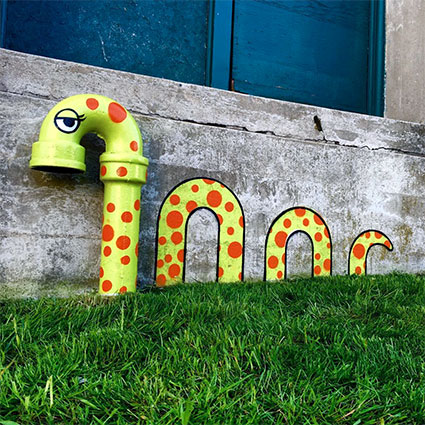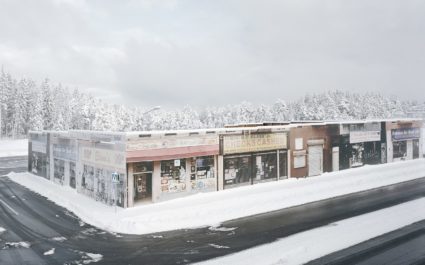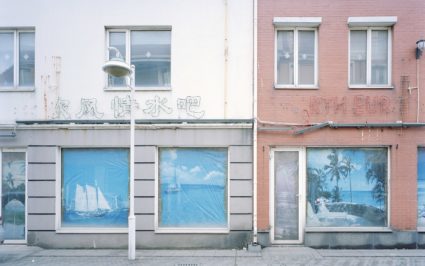A mystery tour with fake websites, fake audiences, fake interviews, fake music label, fake management, fake video production company and at least one really good musician.
As Jered Threatin (if that’s his real name) says… “What is Fake News? I turned an empty room into an international headline. If you are reading this, you are part of the illusion.”
The Story of Threatin, a Most Puzzling Hoax Even for 2018
by Jonah Engel Bromwich
The New York Times
November 16, 2018
A rock band went on tour in the U.K. and nobody came. Then it got weird.

In April, Jered Threatin began to hold auditions for a backing band. He chose three musicians and told them they would embark on an all-expenses paid European tour with his band, Threatin.
The first stop was The Underworld in London. Someone representing Threatin had paid £780 (roughly $1,010) to book it for the night of Nov. 1 and told Patrice Lovelace, an in-house promoter at the club, that the band had sold 291 tickets for the show.
But when the band went on, there were only three people in the audience.
“It was only on show day when no customer list for the 291 customers was produced that we realized we’d been duped,” Ms. Lovelace said. “The show went ahead with only the supports, staff and crew in attendance. The bar made almost zero money, and it was all extremely bizarre. And empty, obviously.”
The next few gigs were similarly barren. After a show at The Exchange in Bristol on Nov. 5, for which a promoter claimed to have sold 182 tickets, staff at the venue decided to investigate the band. After all, someone had paid more than $500 to book the venue.
Nearly everything associated with Threatin, it would turn out, was an illusion. Iwan Best, a venue manager at The Exchange, said they found that each of the websites associated with Threatin — the band’s “label” Superlative Music Recordings; its management company, Aligned Artist Management; and the video production company that directed the band’s video — were all registered to the same GoDaddy account. (The pages were built under a parent site seemingly associated with Superlative Music, the fake label.)







 Money may not be able to buy love, but here in Japan, it can certainly buy the appearance of love””and appearance, as the dapper Ishii Yuichi insists, is everything. As a man whose business involves becoming other people, Yuichi would know. The handsome and charming 36-year-old is on call to be your best friend, your husband, your father, or even a mourner at your funeral.
Money may not be able to buy love, but here in Japan, it can certainly buy the appearance of love””and appearance, as the dapper Ishii Yuichi insists, is everything. As a man whose business involves becoming other people, Yuichi would know. The handsome and charming 36-year-old is on call to be your best friend, your husband, your father, or even a mourner at your funeral. Boeing”™s aircraft manufacturing facilities were critical to the World War II efforts of Allied forces. But the unexpected attack on Pearl Harbor stoked fears of potential aerial assaults by Japanese forces. Some factories put up camouflage netting to disguise structures, but the U.S. Army Corps of Engineers took things a big step further on top of the Boeing Plant 2 in Seattle, crafting an entire faux neighborhood.
Boeing”™s aircraft manufacturing facilities were critical to the World War II efforts of Allied forces. But the unexpected attack on Pearl Harbor stoked fears of potential aerial assaults by Japanese forces. Some factories put up camouflage netting to disguise structures, but the U.S. Army Corps of Engineers took things a big step further on top of the Boeing Plant 2 in Seattle, crafting an entire faux neighborhood.



